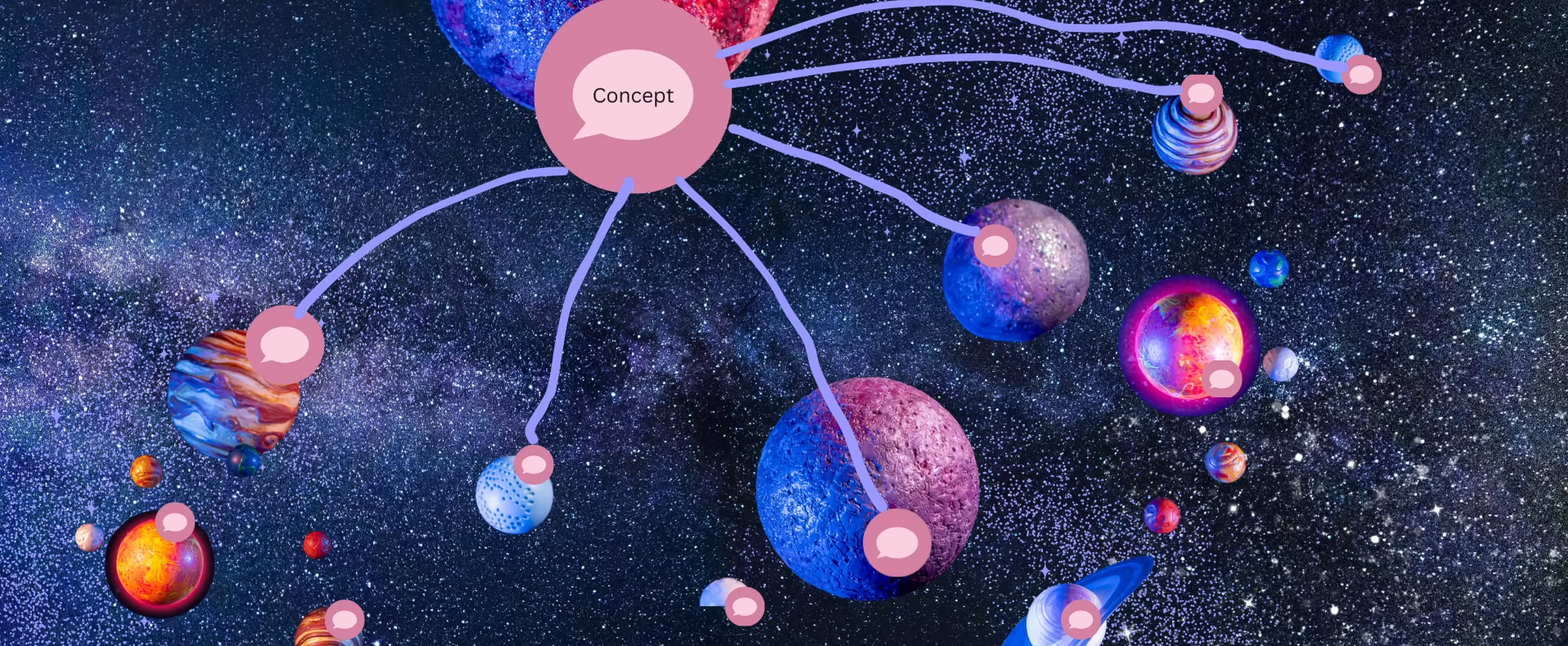
K-Cube AI
Knowledge graphs (KGs) and Artificial Intelligence (AI) have revolutionized the educational metaverse by providing an immersive, interactive, and personalized learning experience. A knowledge graph is a highly organized and interconnected set of data points that represent the relationships between different concepts or entities in a domain of knowledge. When combined with AI, KGs provide the structure for an adaptive learning environment that caters to the unique needs of each learner. In educational metaverses, knowledge graphs form the backbone of the AI system. They store and organize information in a compressed structure, allowing the AI agents to interpret and transform data effectively. Through KGs, AI can deliver personalized content, tailored to the learner's knowledge level, learning style, and pace of learning. This results in a more efficient and engaging learning experience. A knowledge graph carves the adaptive collaborative learning pathway that focuses the learners attention and activity flow. AI algorithms can analyze the learner's progress, identify gaps in knowledge, and suggest relevant resources or tasks. The interconnected nature of KGs allows AI agents to identify connections between different subjects and concepts, fostering an interdisciplinary learning approach. This can lead to a deeper understanding of the subject matter, promoting critical thinking and problem-solving skills. Enhanced by KGs, AI agents can increase the interactive dimensions of the immersive aspects of the educational metaverse. Through KGs, AI agents can create realistic simulations and scenarios, allowing students to learn by doing. This process also facilitates social interactions, creating a collaborative learning environment. This makes the learning experience more engaging and enjoyable, increasing motivation and retention.
Knowledge graphs and AI play a pivotal role in the educational metaverse. They contribute to creating a personalized, adaptive, and immersive learning experience, fostering a sense of the power of knowledge. The educational metaverse enriched by these technologies can transform the way we learn, making it more efficient, engaging, and meaningful. Their intersection yields significant potential for the creation and implementation of an educational metaverse, a virtual reality space where users can interact with a computer-generated environment and other users.
A knowledge graph is a powerful tool that can map out complex relationships and connections between different concepts, individuals, and entities. It encapsulates a world of information in a compressed and structured format. In the context of an educational metaverse, a knowledge graph can provide the foundational data structure that drives personalized and dynamic learning experiences. AI agents can leverage the structured information in the knowledge graph to generate insights, make recommendations, and provide personalized learning paths for learners.
